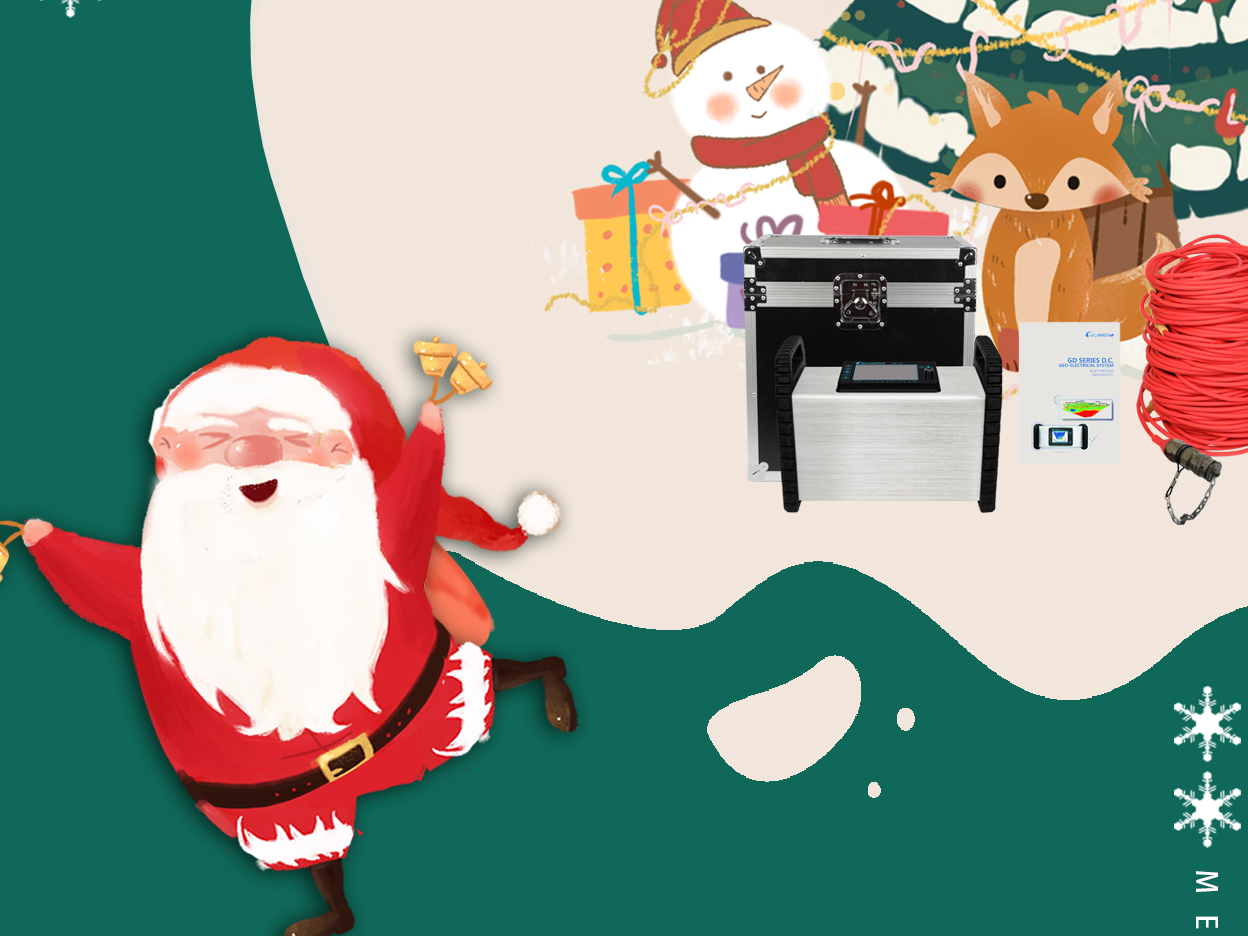
2022-11-30 09:26:31source:
Groundwater is a precious freshwater resource for human beings. However, with the continuous development of social industrialization, wastewater discharge, industrial waste residue, agricultural irrigation, landfill leakage, and damage to transportation pipelines and storage tanks for petrochemical raw materials may cause groundwater pollution. It makes the original tense water shortage problem more serious, and poses serious threats and challenges to human health, food safety, drinking water safety, regional ecological environment, sustainable economic and social development, and even social stability. Groundwater restoration has become a public concern environmental issues and social concerns
Groundwater remediation technologies include extraction-treatment technology, multiphase extraction technology, air injection technology, circulating well technology, electrodynamic repair technology, in-situ heat treatment technology, in-situ chemical oxidation technology, in-situ chemical reduction technology, permeable reaction wall technology, Microbial technology, phytoremediation technology and natural attenuation technology, this article will introduce the above remediation technologies.
Extraction-processing technology
Pump and treatment (P&T) technology is a common method for remediating groundwater contaminated by dissolved chemicals including industrial solvents, heavy metals, and petroleum. Groundwater is extracted from wells or wells, and sent to the surface sewage treatment system to treat and remove pollutants. The extracted polluted groundwater can be treated by various methods such as activated carbon adsorption, stripping, chemical oxidation, and microbial treatment. If If the groundwater contains different types of pollutants or a single pollutant with high concentration, multiple treatment methods are required for treatment. The groundwater after the treatment reaches the standard can be discharged, reused or recharged into the ground. Pump-and-treat techniques are also commonly used to control plumes by pumping contaminated groundwater into well clusters to control the spread of plumes and to remove pollutants from the aquifer medium through transformation into water. This extraction prevents contaminants from reaching drinking water wells, wetlands, rivers, and other natural resources.
The extraction-treatment method can be applied to the treatment of easily soluble pollutants in the underground environment, and sometimes the injection of surfactants can enhance the solubility of organic pollutants adsorbed on the particles of the aquifer medium, thereby speeding up the extraction-treatment speed. When the concentration of groundwater pollutants is high, especially in the vicinity of pollution sources, the extraction-treatment method is very effective, which can greatly reduce pollution and remove pollutants. But in the late stage of groundwater pollution remediation, because the conversion rate of pollutants from the solid phase medium of the aquifer to the water is getting smaller and smaller, there are "smearing tailing effect" and "spring-back effect".
multiphase extraction technique
The principle of repeatedly washing the contaminated area is repaired. This technology uses vacuum extraction and other means to simultaneously extract the soil gas, groundwater and oil slick from the underground polluted area to the ground for phase separation and treatment, so as to control and repair organic pollution in soil and groundwater. The MPE system consists of three main process parts: multi-phase extraction, multi-phase separation and pollutant treatment. According to the power equipment used, it can also be divided into single-pump system and double-pump system. The single-pump system only provides extraction power by vacuum equipment. The dual-pump system is jointly provided by vacuum equipment and water pumps for extraction power.
Compared with the traditional remediation technology, the MPE system can treat pollutants in the form of steam, groundwater and non-aqueous phase liquid (NAPL) at the same time. The remediation effect of NAPL's polluted groundwater is more significant, but when the polluted groundwater is extracted by this method, the pollutants of steam, groundwater and non-aqueous liquid are mixed together, so they must be separated before further treatment, so The processing equipment, processing technology and debugging are more complicated, and the repair cost is higher.
air injection technology
Air sparging (AS) technology is a technology for in-situ remediation of volatile organic polluted groundwater. First, one or more wells are drilled in the groundwater-soaked soil to a depth below the groundwater table, and then air compressors on the surface are used to inject air or oxygen into the saturated zone to promote the pollutants in the aquifer to escape and volatilize into the vadose zone, and then use gas phase extraction technology to extract the mixture of air and polluted steam, and the extracted tail gas can be separated by steam and water. Activated carbon adsorption and other methods are used for treatment, so as to achieve the purpose of removing organic pollutants in groundwater.
The main mechanism for controlling the removal of pollutants in AS technology is interphase mass transfer and biodegradation. This technology has simple equipment, convenient installation, and easy operation. It has little risk and impact on operating workers and the community. It is suitable for better permeability and homogeneity. rock formations and highly volatile and soluble pollutants.
Circulation Well Technology
Circulating wells (CW) technology is an in-situ restoration that creates a three-dimensional circulation pattern for groundwater. This technology combines air stripping, air injection, soil gas phase extraction, enhanced bioremediation and chemical oxidation and other technologies in the well, which can promote the dissolution and migration of pollutants. To remove volatile organic pollutants, provide an aerobic environment for biodegradation, and promote groundwater disturbance, the vacuum created by gas phase extraction in the well can extract polluted vapors volatilized from the vadose zone and saturated zone.
Electric Restoration Technology
Electrokinetic remediation technology is a new green remediation technology that utilizes the principle of electrokinetics to remediate the groundwater environment. It can be used to remove some organic pollutants and heavy metal ions. It has environmental compatibility, multi-functional practicability, and high selectivity. characteristics, suitable for automatic control, low operating costs, etc.
Electric remediation technology can be optimally combined with bioremediation technology, ultrasonic technology and chemical oxidation technology to overcome their respective shortcomings, thereby improving the degradation efficiency of organic pollutants.
The 47th Annual Scientific Meeting of Indonesian Association of Geophysicist was held at Malang Convention Hotel, East Java, Indonesia, from October 10th to 13th. Dr.SABRIANTO, the local agent of Geomative, presented GD series high density electrical syst

Buy new ERT equipments for projects in the new year!Period: Dec.1st to Dec.31,2022.
